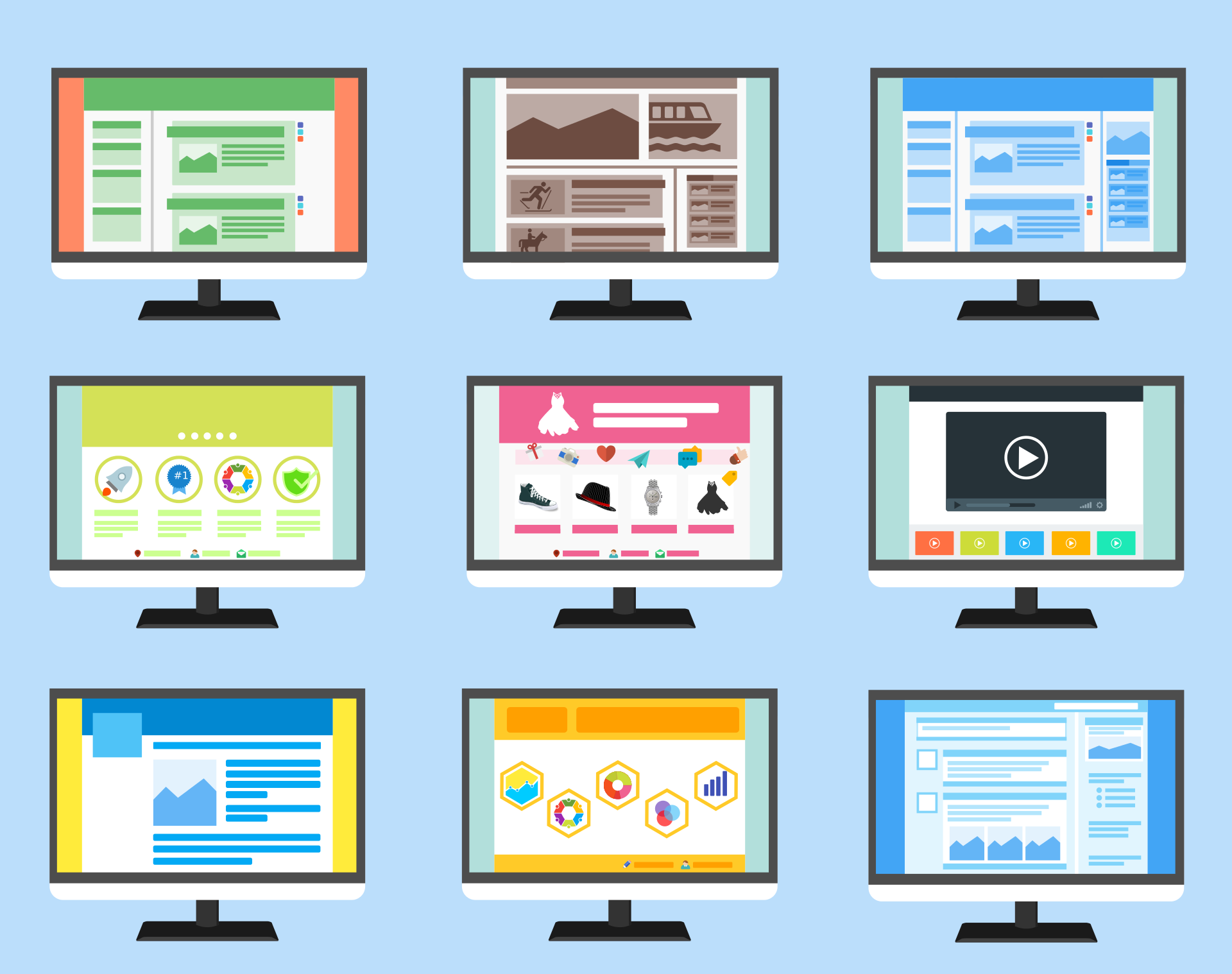Online shopping has changed the way people shop. The popularity of the online shopping portals makes two things clear. First, people like the convenience that online shopping provides them. Being able to shop for anything and everything at their own convenient time and from the comfort of their homes or offices is a great plus point for shoppers across the world. Second, with the increase of online shoppers, the number of e-commerce websites is also increasing. This is leading to aggressive competition in the arena of online marketing. This is where search engine optimization (SEO) comes into the picture. SEO can help e-commerce business owners to beat the competition and keep attracting targeted visitors to their website. Here are 8 key SEO strategies that can help e-commerce websites to gain success:
1. Provide unique and impressive product descriptions :
An e-commerce site is all about products and their sales. As such, product descriptions are vital for such sites. Since e-commerce sites have to deal with a huge number of products, sometimes they may tend to use the descriptions provided by the manufacturers for the products. Or, they may want to repeat the same description for similar products. But that is a wrong strategy and must be avoided.
You need to come up with a unique product description for each item you are selling on your website. Though it’s a lot of work to write unique descriptions for each product, this strategy is sure to bring in the desired results.
2. Ensure easy navigation of your website :
Make sure that your e-commerce website is easily navigable. This strategy is important not just for improving your site’s search engine rankings, but also to offer a smooth shopping experience to your customers. Create categories to organize your products and make them easily searchable. Ensure that your sitemap is easy to follow.
Also, the design of your website must be clutter-free so that your customers can continue with their shopping without feeling irritated. Place your menus in a way so that your customers can access them easily, regardless of where they are on the site.
3. Optimize the loading time of your website :
Your e-commerce website is likely to have a large number of images for the products you are selling. These images can slow down your site. Ensure to optimize the load times of your website by reducing the image sizes.
High-quality images are essential for any e-commerce website. But if they slow down your website, it can impact your SEO in a bad way. So, it’s better to include images with small sizes and have a feature that allows your customers to zoom in on the images to see an enlarged version. This will enable you to provide your customers with quality images without affecting the load speed of your website.
4. Go for internal linking of your pages :
Internal linking is an essential aspect of SEO. Even Google prefers sites that opt for internal linking in an effective manner. Your objective must be to ensure that your customers can reach your various product pages within your site with as little clicking as possible.
One way to do this is to link every page to other relevant pages within your website. This will also help your site visitors to navigate to similar products in an easy manner and give you a chance to convert them into customers. If you want to know more about customer conversion, you can check out The Ultimate Guide to E-commerce Conversion Funnel Optimization.
5. Make sure that your site is optimized for mobile :
Today more and more people are using their mobile phones to do their shopping at various online stores. This makes it essential for you to optimize your e-commerce website for mobile. By doing so, you will be providing a smooth mobile shopping experience for your users. So, either go for a responsive design for your site or create an interactive mobile application to draw in the advantage of such customers. Ultimately, your objective is to attract more customers and ensure more sales for your website and this is a good strategy to achieve your aim.
6. Assure user security on your website :
User security is one point that needs extra attention in case of e-commerce websites. Having HTTPS encryption for user security on your website is a great way to go about this task. HTTPS encryption ensures that your customers will have an added layer of security when shopping on your website. This will diminish any doubts they may have regarding user security on your site. Also, HTTPS encryption will help Google to mark your site as secured and increase the chances of your site’s ranking on the search engine pages.
7. Include social media sharing buttons on your product pages :
The reach of social media is undeniable. It can take just a few minutes for an image or a piece of information to attract the attention of thousands of users on social media. Incorporate social media sharing buttons on your product pages so that your users may share information and images of the product on the social media platforms. On one hand, this will increase the reach of your products and attract the interest of relevant customers. On the other hand, it will be good practice for SEO as well. This is because Google may perceive the social signals as an indication of authority.
8. Check your website and pages for errors :
For an e-commerce site, it’s not unusual to grow at an incredible speed and have a large number of pages within a short time. But such growth also increases the prospect of having errors on your e-commerce website. It’s not feasible to hinder the growth of your site. So, the next best thing to do is to make sure that your website remains free of errors. Carry out regular checks to ensure that none of the permalinks on your site generates 404 errors. Also, check that the links to external sources or content are in a functional state.
Read More :






















